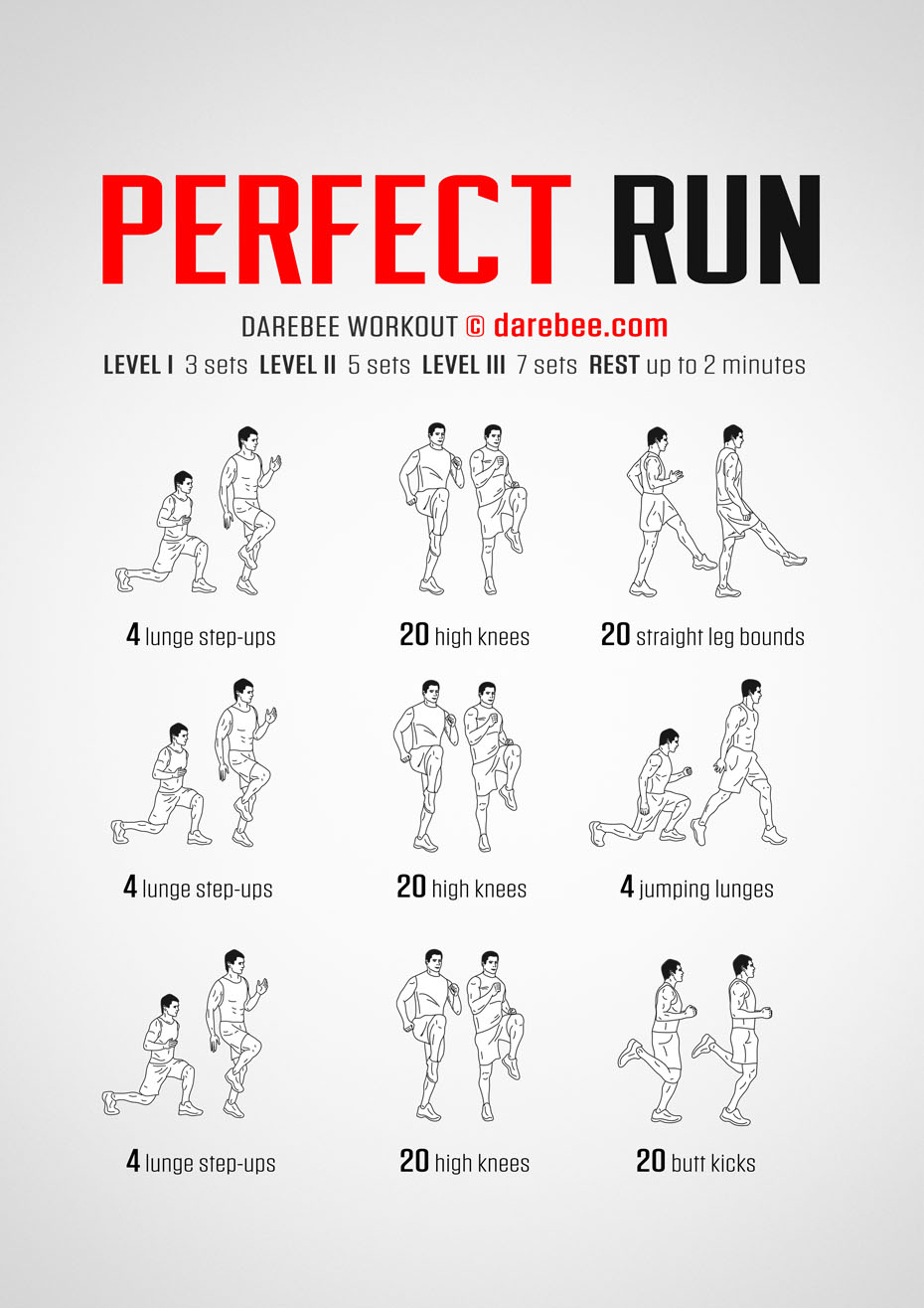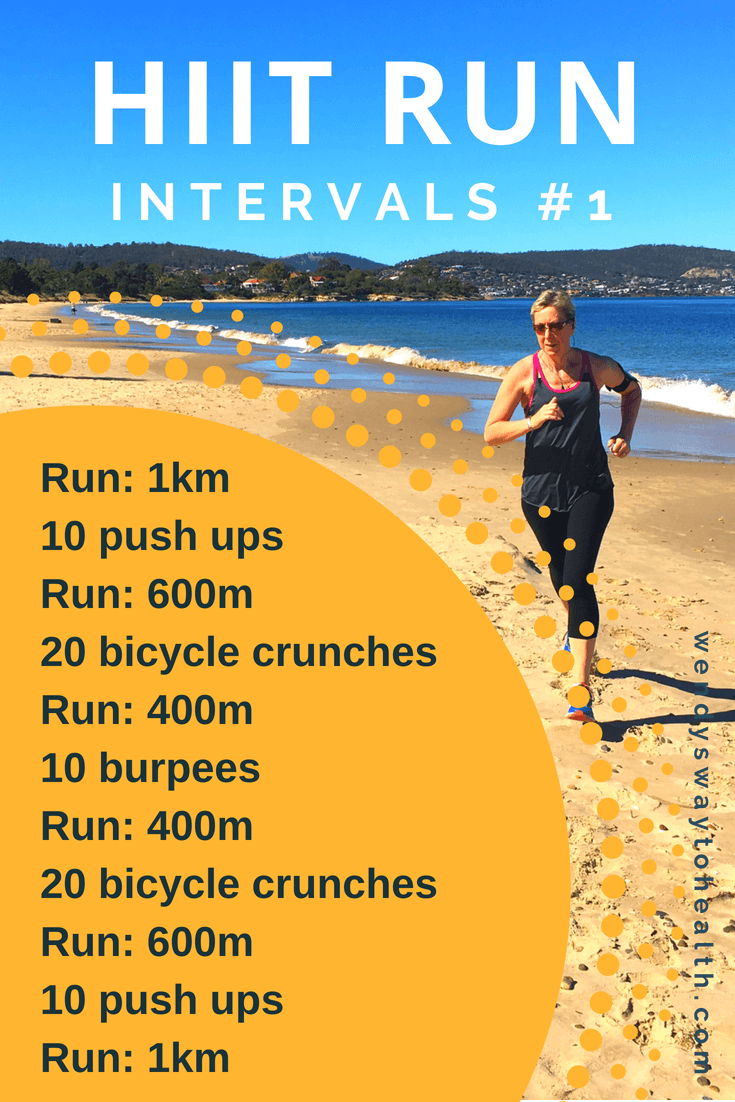The Ultimate Running Strategy Overview: Accomplish Your Health And Fitness Goals
Wiki Article
The Ultimate Overview to Handling Pain When Running
For joggers, experiencing pain during runs is not uncommon, and understanding exactly how to successfully manage and prevent it can make a considerable difference in your general efficiency and pleasure of the sporting activity. Whether you are a skilled marathoner or simply beginning your running trip, recognizing the numerous kinds of discomfort that can arise and the strategies to address them is essential. From pre-run warm-up routines to proper shoes option, there are numerous factors to consider when it concerns dealing with pain while running. This comprehensive guide will certainly outfit you with the understanding and devices required to navigate via the pain and empower you to accomplish your running objectives with higher convenience.
Comprehending Various Types of Running Discomfort
When running, it is necessary to compare different sorts of pain to stop injuries and make best use of efficiency (Read More). One usual type of pain that runners may experience is muscle soreness, which generally occurs from the anxiety placed on muscle mass throughout workout. This kind of discomfort is typically a normal part of the running procedure and can be taken care of through appropriate warm-up, cool-down, and stretching regimensOne more kind of discomfort to be knowledgeable about is joint discomfort. Joint discomfort can suggest concerns such as overuse, inappropriate type, or underlying problems like arthritis. Ignoring joint pain can result in extra extreme injuries, so it is vital to attend to any type of pain promptly and possibly look for specialist guidance.
In addition, sharp or stabbing pains ought to not be neglected. These sorts of discomfort can signify severe injuries such as pressures, strains, or tension cracks - running strategy. Remaining to go through these sorts of discomfort can worsen the injury and prolong recuperation time

Pre-Run Workout and Stretching Regular
To prepare the body for a running session, carrying out an effective pre-run warm-up and extending regular is essential. A proper workout helps boost blood flow to the muscular tissues, enhances adaptability, and reduces the danger of injury throughout the run. By integrating a consistent pre-run workout and extending regular right into your running routine, you can enhance efficiency and decrease the risk of pain or injury.Correct Shoes Option and Fit
When picking running footwear, it is important to consider variables such as foot type, running gait, arch support, cushioning, and shoe dimension. Seeing a specialty running store for a stride analysis and professional fitting can aid ensure that you pick the right shoes for your individual needs. Investing in high-quality shoes that is suitable for your running style and foot anatomy is an aggressive step in the direction of stopping pain and injuries throughout your runs.Nutrition and Hydration Tips for Pain Prevention

Hydration is just as critical for runners to prevent pains, dehydration, and various other discomforts that can lead to pain during running. It is recommended to consume a sufficient amount of water throughout the day and specifically before, during, and after running sessions. Electrolyte-rich beverages or sports drinks can also be useful for replenishing shed minerals and keeping appropriate fluid equilibrium. running workout (Read More). By prioritizing nutrition and hydration, joggers can improve their efficiency, decrease discomfort, and enjoy a more comfortable running experience.
Post-Run Healing Techniques to Alleviate Discomfort
Executing efficient recuperation methods is important for minimizing discomfort and promoting muscular tissue healing after running sessions. One vital post-run recuperation method is extending. Incorporating fixed stretches for significant muscular tissue groups can aid reduce muscle tension and pain. Foam rolling is another valuable practice to release muscle rigidity and improve blood circulation to the muscle mass, aiding in quicker recovery. In addition, icing aching areas for 15-20 minutes can help in reducing inflammation and numb discomfort post-run.Taking in a balanced treat or dish Source that consists of healthy protein and carbs within 30 minutes of ending up a run can aid repair muscle mass cells and replenish power stores. By integrating these post-run recuperation methods into your regimen, you can efficiently handle discomfort and optimize your running efficiency.
Final Thought
To conclude, dealing with various types of running pain with proper workout, stretching, shoes selection, nutrition, hydration, and post-run recuperation strategies is vital for discomfort prevention and management. By recognizing the root causes of pain and implementing these approaches, joggers can lessen pain and potential injuries. It is crucial to prioritize overall physical health and wellness and health to ensure an effective and enjoyable running experience.Report this wiki page